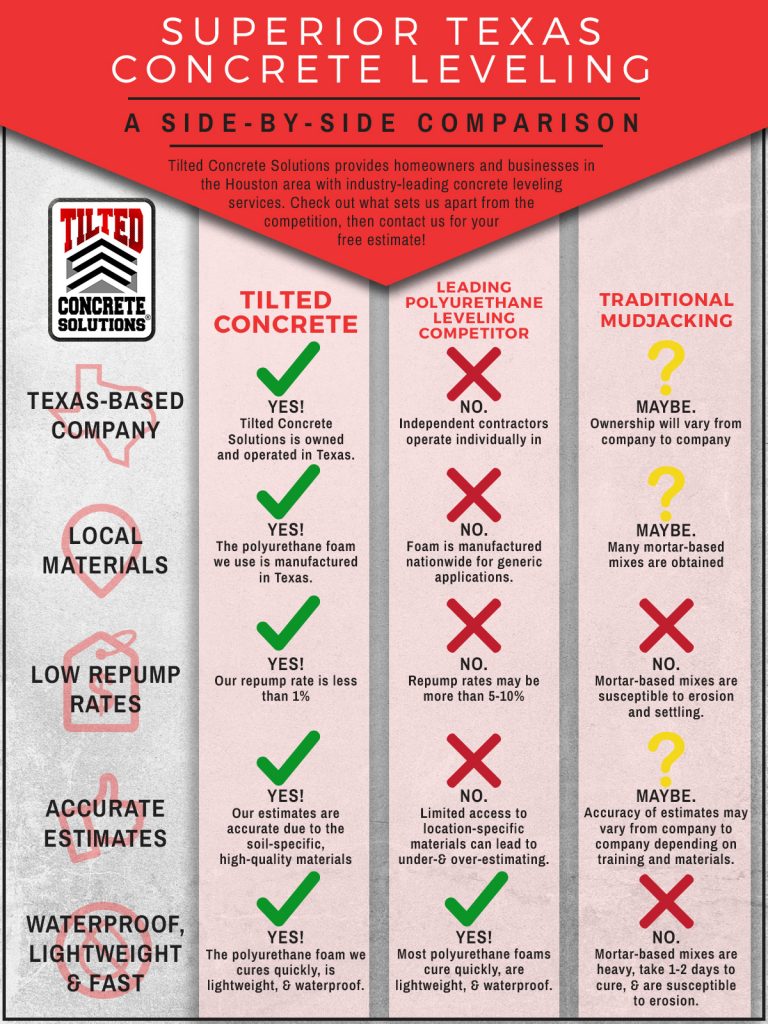Learn More About The Methods Which Seasonal Factors Can Influence The Success Of Commercial Exterior Painting And Determine The Most Effective Times To Achieve Enduring Results For Your Project
Learn More About The Methods Which Seasonal Factors Can Influence The Success Of Commercial Exterior Painting And Determine The Most Effective Times To Achieve Enduring Results For Your Project
Blog Article
Write-Up Produced By-Aguilar Decker
When you're intending a business external paint job, seasonal factors can make or damage your results. You'll intend to consider exactly how temperature level and humidity effect paint application and drying out times. Picking the best season can guarantee your paint sticks correctly and lasts longer. However which periods are really the most effective for this sort of job? Let's check out the crucial elements that can affect your task's success.
The Effect of Temperature on Paint Application
When you're planning a business external paint project, the temperature can significantly affect just how well the paint sticks and dries.
Ideally, you want to paint when temperature levels vary in between 50 ° F and 85 ° F. If it's also cool, the paint might not treat correctly, resulting in concerns like peeling or cracking.
On the other side, if it's too hot, the paint can dry out as well quickly, avoiding appropriate adhesion and causing an uneven finish.
https://www.architecturaldigest.com/story/how-to-light-art should additionally consider the moment of day; early morning or late afternoon offers cooler temperatures, which can be much more favorable.
Constantly examine the maker's referrals for the particular paint you're using, as they often offer assistance on the perfect temperature level array for optimal outcomes.
Humidity and Its Impact on Drying Times
Temperature isn't the only ecological element that affects your commercial exterior painting project; moisture plays a significant duty too. High humidity levels can reduce drying out times drastically, influencing the general top quality of your paint task.
When the air is filled with moisture, the paint takes longer to treat, which can bring about problems like bad bond and a higher threat of mildew development. If you're repainting on a particularly damp day, be gotten ready for extended wait times between coats.
It's crucial to check neighborhood weather conditions and strategy appropriately. Preferably, go for moisture degrees in between 40% and 70% for optimum drying.
Maintaining these factors in mind guarantees your project remains on track and supplies a lasting finish.
Best Seasons for Commercial Outside Paint Projects
What's the most effective time of year for your industrial exterior paint jobs?
Spring and very early autumn are commonly your best options. During these periods, temperatures are mild, and moisture levels are often reduced, creating excellent conditions for paint application and drying out.
Avoid summer season's intense heat, which can trigger paint to completely dry as well swiftly, causing inadequate adhesion and coating. Similarly, winter's cool temperature levels can hinder correct drying and healing, taking the chance of the durability of your paint work.
Aim for days with temperatures between 50 ° F and 85 ° F for optimal results. Remember to check the neighborhood weather prediction for rainfall, as damp conditions can ruin your project.
Planning around these aspects guarantees your painting job runs efficiently and lasts longer.
Final thought
In conclusion, intending your commercial exterior painting jobs around seasonal considerations can make a considerable distinction in the result. By organizing job throughout the ideal temperature levels and moisture levels, you'll guarantee far better bond and drying out times. Bear in mind to keep an eye on local weather report and select the correct time of year-- springtime and very early loss are your best bets. Taking cost for painting a house interior will help you accomplish a resilient and specialist finish that lasts.
